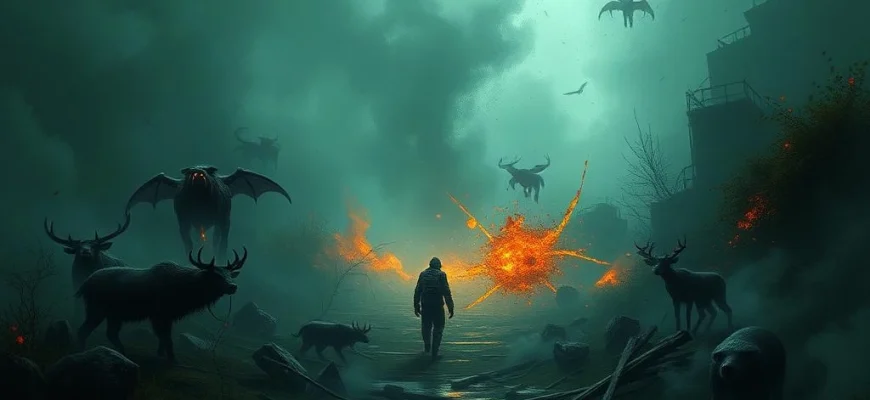If you're a fan of the thrilling and bizarre 1977 film 'Day of the Animals,' you're in for a treat! This article explores 10 movies and shows that share its unique blend of nature-gone-wild chaos, survival horror, and eco-terror themes. Whether you love the campy terror of animals turning against humans or the eerie tension of environmental revenge, these picks will keep you on the edge of your seat.
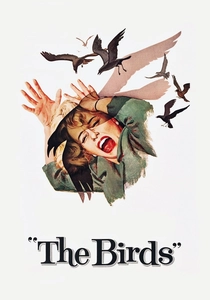
The Birds (1963)
Description: A classic example of nature revolting against humanity, with birds inexplicably attacking people. The suspenseful buildup and the lack of a clear explanation for the animals' behavior are notable parallels.
Fact: Alfred Hitchcock used real birds for many scenes, which caused significant challenges during filming. The film's eerie silence, with no musical score, adds to its unsettling atmosphere.
 Watch Now
Watch Now 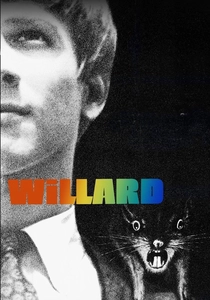
Willard (1971)
Description: This film centers on a man who trains rats to do his bidding, only for them to turn against him. The theme of animals rebelling against human control is a strong connection.
Fact: The film was so successful that it spawned a sequel, 'Ben,' the following year. The rats used in the movie were trained by a professional animal handler.
 Watch Now
Watch Now 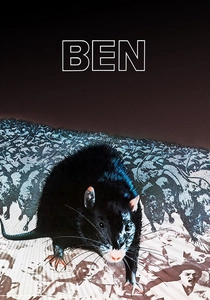
Ben (1972)
Description: A sequel to 'Willard,' this movie continues the story of rats turning against humans. The focus on a specific animal species as the primary threat aligns closely with the reference.
Fact: The film features the song 'Ben,' performed by a young Michael Jackson, which became a hit. It was one of the few horror sequels to focus on a different protagonist.
 Watch Now
Watch Now 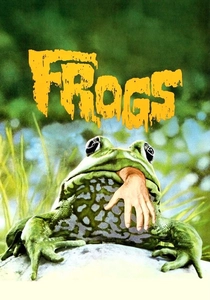
Frogs (1972)
Description: This film explores the theme of nature turning against humans, featuring a swarm of animals attacking people in a remote setting. The environmental horror angle and the focus on wildlife as the antagonist are key similarities.
Fact: The movie was filmed in Florida, and many of the frogs used in the film were actually local species. It was one of the first eco-horror films to gain popularity.
 Watch Now
Watch Now 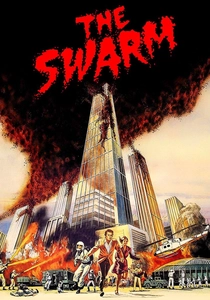
The Swarm (1978)
Description: This disaster film features killer bees attacking humanity, emphasizing the terror of swarming insects. The large-scale animal attack and environmental warning themes are key similarities.
Fact: The film was one of the most expensive productions of its time but was a critical and commercial failure. It was marketed as a serious disaster film but is often remembered for its campy tone.
 Watch Now
Watch Now 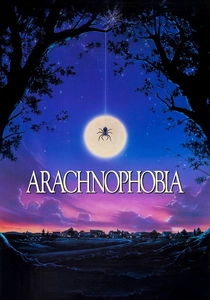
Arachnophobia (1990)
Description: A blend of horror and comedy, this film revolves around deadly spiders invading a small town. The use of common, everyday creatures as terrifying threats is a strong parallel.
Fact: The film was marketed as the first 'thrill-omedy,' combining elements of horror and humor. Real spiders were used alongside animatronics to create the creepy effects.
 Watch Now
Watch Now 
Slither (2006)
Description: This horror-comedy features an alien parasite that turns townspeople into grotesque creatures. The theme of an uncontrollable biological threat and the small-town setting are strong parallels.
Fact: The film pays homage to 1980s creature features and B-movies. It was the directorial debut of James Gunn, who later gained fame for 'Guardians of the Galaxy.'
 Watch Now
Watch Now 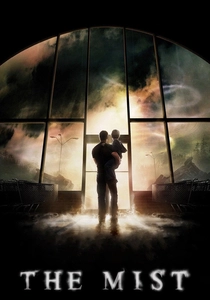
The Mist (2007)
Description: A group of people trapped in a supermarket must survive against mysterious creatures in a thick mist. The theme of humans vs. nature, combined with psychological horror, aligns closely with the reference.
Fact: The film's ending is famously bleak and differs significantly from the original Stephen King novella. The black-and-white version of the film was released as a director's cut.
 Watch Now
Watch Now 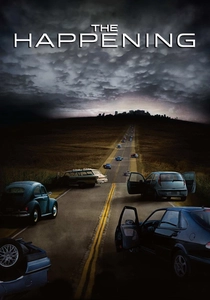
The Happening (2008)
Description: This film explores the idea of nature fighting back, with plants releasing toxins that drive humans to suicide. The environmental horror theme and the unexplained nature of the attacks are notable connections.
Fact: The film was marketed as M. Night Shyamalan's first R-rated movie. Despite its high-concept premise, it received mixed reviews for its execution.
 Watch Now
Watch Now 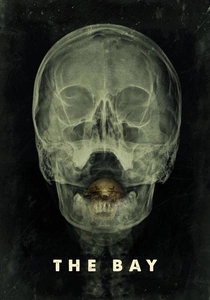
The Bay (2012)
Description: A found-footage horror film about a small town plagued by mutated parasites in the water. The ecological disaster angle and the focus on nature's revenge are key similarities.
Fact: The film was inspired by real-life environmental issues, including pollution and water contamination. It blends horror with documentary-style storytelling.
 Watch Now
Watch Now 
